
Venstre, full name Venstre, Danmarks Liberale Parti, is a conservative-liberal, agrarian political party in Denmark. Founded as part of a peasants' movement against the landed aristocracy, today it espouses an economically liberal, pro-free-market ideology.
The Conservative People's Party, also known as The Conservatives is a centre-right political party in Denmark. The party is a member of the European People's Party (EPP) and International Democracy Union (IDU).
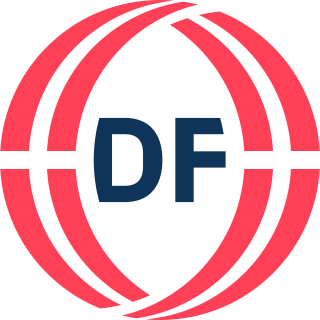
The Danish People's Party is a nationalist and right-wing populist political party in Denmark. It was formed in 1995 by former members of the Progress Party (FrP).
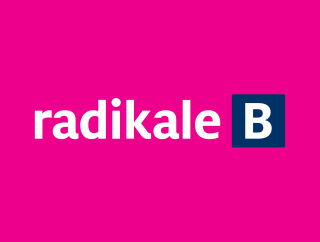
The Danish Social Liberal Party is a social-liberal political party in Denmark. The party was founded as a split from the Venstre Reform Party in 1905.
The Liberal Alliance is a classical liberal and right-libertarian political party in Denmark. The party is a component of the centre-right bloc in Danish politics. The party's platform is based upon economic liberalism, promotion of tax cuts and reduction of welfare programmes, and a critical, oppositional stance towards European integration.

General elections were held in Denmark on 15 September 2011 to elect the 179 members of the Folketing. Of those 179, 175 members were elected in Denmark, two in the Faroe Islands and two in Greenland.
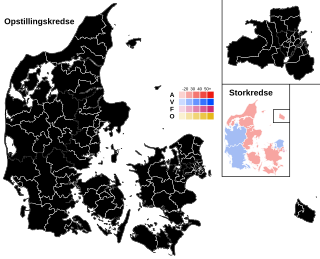
European Parliament elections were held in Denmark on 7 June 2009 to elect the 13 Danish members of the European Parliament. The election was held simultaneously with a referendum on changing the Danish Act of Succession.

Jeppe Sebastian Kofod is a former Danish politician of the Social Democratic Party who served as Minister of Foreign Affairs of Denmark between 27 June 2019 to 15 December 2022.

Morten Løkkegaard is a Danish politician who has served as a Member of the European Parliament (MEP) and the Danish Parliament intermittently since 2009. He has held his current position as a member of the European Parliament since 2016. He represents the Venstre political party and is affiliated with the Alliance of Liberals and Democrats for Europe.
This article gives detailed results of the 2007 Danish parliamentary election. The Folketing has 179 members. Of these, 135 are elected by proportional representation at district level, while another 40 are allocated based on votes aggregated to the regional level. An additional four members are elected to represent Greenland and the Faroe Islands.

Morten Helveg Petersen is a Danish politician who has been serving as a Member of the European Parliament (MEP) since 2014. He is a member of the Danish Social Liberal Party, which is affiliated to the Alliance of Liberals and Democrats for Europe Party, and sits in the Renew Europe group in the European Parliament. He was elected to the European Parliament in 2014 and 2019 and served as member of the Folketing 1998–2009.

General elections were held in the Kingdom of Denmark on 5 June 2019 to elect all 179 members of the Folketing; 175 in Denmark proper, two in the Faroe Islands and two in Greenland. The elections took place ten days after the European Parliament elections.

General elections were held in the Kingdom of Denmark on 1 November 2022, except in the Faroe Islands, where they were held on 31 October as 1 November was a national day of mourning for victims at sea. Of the 179 members of the Folketing, 175 were elected in Denmark proper, two in the Faroes and two in Greenland. The elections were called on 5 October following an ultimatum to the government by the Social Liberals due to the outcome of a report on the 2020 Danish mink cull by the Mink Commission, which was critical of the government. Voter turnout was 84% in Denmark, 48% in Greenland, and 71% in the Faroes, with a combined turnout of 84% for the realm as a whole.

The 2019 European Parliament election in Denmark was held on 26 May 2019, and elected the Danish members to the European Parliament. The elections are part of the EU-wide elections for the parliament. Denmark had 13 seats in parliament, which increased by one additional seat following Brexit.

The Frederiksen I Cabinet took office on 27 June 2019 and succeeded the Lars Løkke Rasmussen III Cabinet following the 2019 Danish general election. Headed by Prime Minister Mette Frederiksen, it was a minority government consisting of the Social Democrats. It relied on parliamentary support from the Red–Green Alliance, the Socialist People's Party, and the Social Liberal Party.
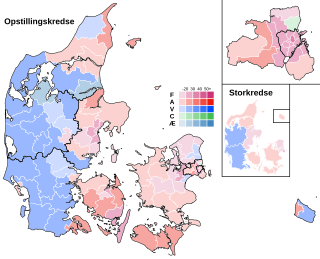
The 2024 European Parliament election in Denmark will be held on 9 June 2024. The elections will be held as part of the wider 2024 European Parliament election, but will not take place in the Faroe Islands or Greenland, which are not part of the European Union.
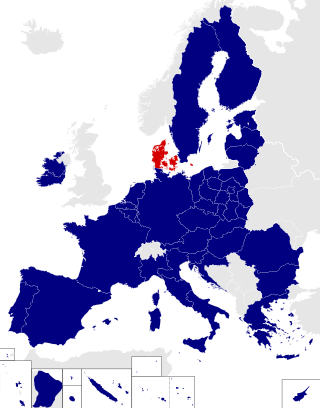
Danish withdrawal from the European Union is the hypothesis that Denmark might leave the European Union (EU). Leaving the EU is officially supported by just two of the political parties represented in the Danish Parliament, with less than 8% of the total seats.
Events in the year 2022 in Denmark.

A referendum on the abolition of the defence opt-out, one of the country's opt-outs from the European Union, was held in Denmark on 1 June 2022. The referendum was announced on 6 March 2022 following a broad multi-party defence agreement reached during the 2022 Russian invasion of Ukraine. The referendum resulted in the "Yes" side winning with approximately two-thirds of the vote.
The Denmark Democrats is a right-wing populist political party in Denmark. The party was founded in June 2022 by Inger Støjberg, and is officially titled Denmark Democrats – Inger Støjberg. The party is currently in opposition to the second Frederiksen government.

















